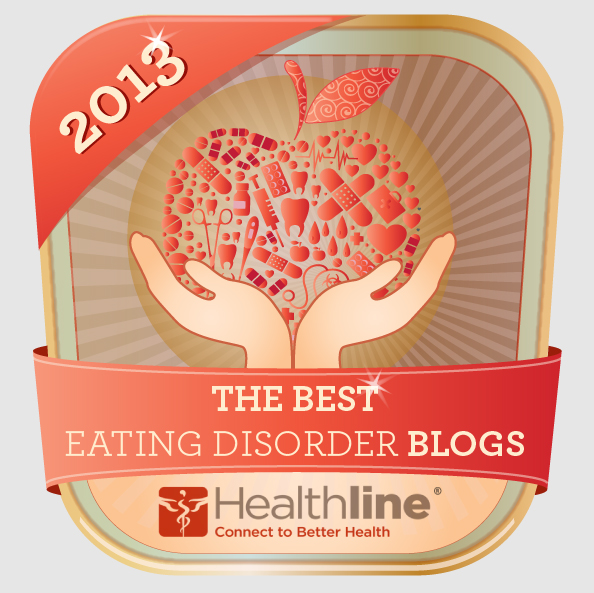skip to main |
skip to sidebar
 Hotlines:
Hotlines:
- SAFE (Self Abuse Finally Ends): 800-DONT CUT (366-8288)
- Bristol Crisis Center For Women (UK): +44 (0) 117 925 1119
- ZEST (N. Ireland): 0287 126 6999
- Childline: O800-1111
- Get Connected: 0808 808 4994
- Mind Info Line: 0845 766 0163
- Samaritans: 08457 90 90 90
- Saneline: 0845 767 8000
- Supportline: (020) 8554 9004
- Befrienders Org (US Hotline listings by state)
Resources: Organizations / Websites
*If you know of any hotlines, websites, or resources for self-injury that should be added to this list please let me know in the comments section of this post. Thank you. *picture source: http://www.photobucket.com

Hotlines:
National Suicide Hotline: 1-800-SUICIDE (1-800-784-2433)
National Suicide Prevention Lifeline.org:1-800-273-TALK (1-800-273-8255)
Thursday's Child: 1-800-USA-KIDS (1-800-872-5497)
Boys and Girls Town National Hotline: 1-800-448-3000
Hotlines: Scotland
Resources:
The Jed Foundation: the nation’s leading organization working to prevent suicide and promote mental health among college students
AAS :American Association of Suicidology
NSSP: National Strategy for Suicide Prevention
SPAN USA: Suicide Prevention Network USA
AFSP: American Foundation for Suicide Prevention
NSSP Around the World: Suicide Prevention Organizations, Resources, Plans, and Documents from around the world
National Suicide Prevention Lifeline
CASP: Canadian Association for Suicide Prevention
IASP: International Association for Suicide Prevention
Choose Life: A national strategy and action plan to prevent suicide in Scotland
Befrienders Org
see also above hotlines that are linked to the site resources.
Facts and Information
Understanding and Helping the Suicidal Individual: Warning signs, facts, ways to help
Additional AAS Suicide Fact Sheets
AAS Support Group listings
1. Suicide is preventable. Most suicidal individuals desperately want to live; they are just unable to see alternatives to their problems.
2. Most suicidal individuals give definite warnings of their suicidal intentions, but others are either unaware of the significance of these warnings or do not know how to respond to them.
3. Talking about suicide does not cause someone to be suicidal.
4. Approximately 32,000 Americans kill themselves every year. The number of suicide attempts is much greater and often results in serious injury.
5. Suicide is the third leading cause of death among young people ages 15-24, and it is the eighth leading cause of death among all persons.
6. Youth (15-24) suicide rates increased more than 200% from the 1950’s to the late 1970’s. Following the late 1970’s, the rates for youth suicide have remained stable.
7. The suicide rate is higher among the elderly (over 65) than any other age group.
8. Four times as many men kill themselves as compared to women, yet three times as many women attempt suicide as compared to men.
9. Suicide occurs across all age, economic, social, and ethnic boundaries.
10. Firearms are currently the most utilized method of suicide by essentially all groups (male, female, young, old, white, non-white).
11. Surviving family members not only suffer the trauma of losing a loved one to suicide, and may themselves be at higher risk for suicide and emotional problems.
sources:
http://www.suicidology.org/index.cfm Somethingfishy.com
http://www.something-fishy.org/
www. Metanoia.orgwww.google.com
picture source: http://www.freedigitalphotos.net



 4
comments
4
comments




















